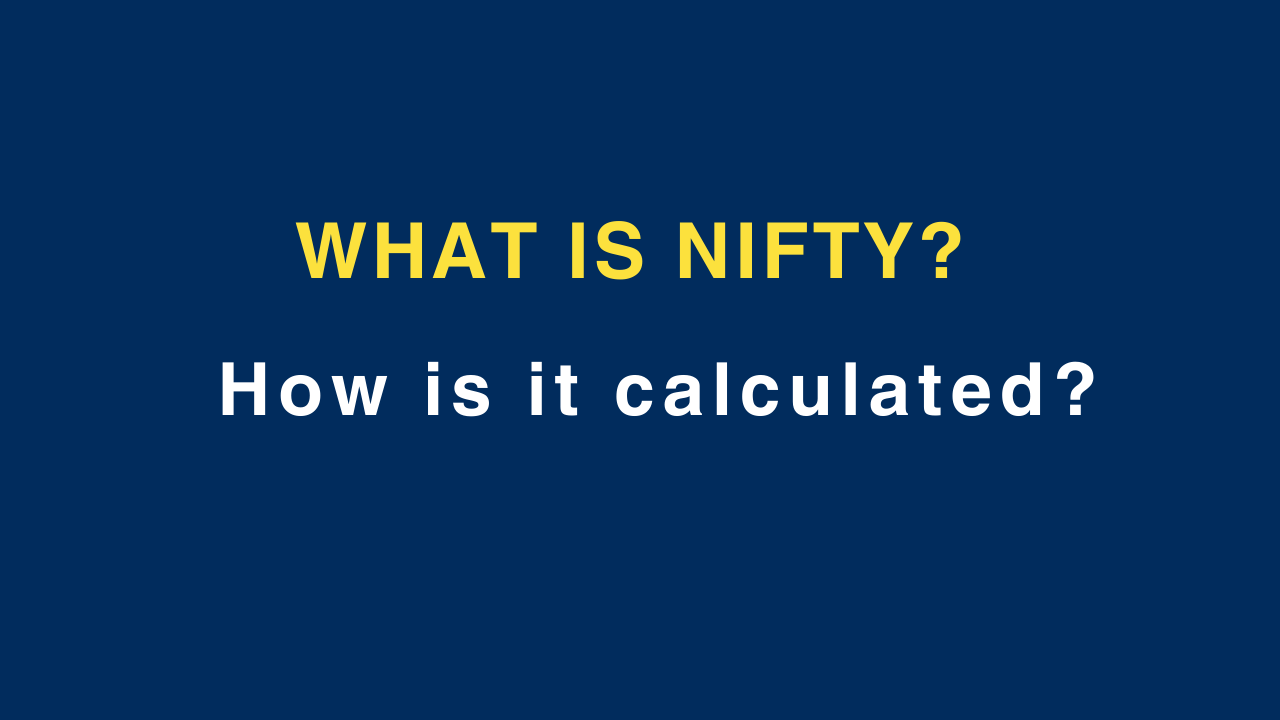Latest news & updates from us

Nifty, derived from the combination of two words “National” and “Fifty”, is a major stock index introduced by the National Stock Exchange of India. It comprises 50 stocks that are actively traded on the National Stock Exchange or the NSE. These stocks belong to various sectors. Nifty is calculated by using the “Free-float Market Capitalization” methodology. You can get their current values from the Index Bar of your NEST Trading Platform
Understanding Free-Float Market Capitalization
Free float shares are those shares of a company that are traded in the open market. Not all shares issued by the company are free float. Those that are held by the government or the management or promoters of the company or by foreign direct investors are not actively traded in the market. Only those that are traded in the market are taken into consideration while calculating Nifty. The classes of shareholding that are generally omitted from the characterization as Free-float are the following:
Nifty Calculation
The Nifty is a market capitalization weighted index based on this Free Float Method. They involve the total market capitalization of the companies weighted by their effect on the index, so the larger stocks would make more of a difference to the index as compared to a smaller market cap company
Key Points while calculating NIFTY
Market Capitalization = Shares outstanding * Market Price Per Share
Free Float Market Capitalization = Shares outstanding * Price * IWF (Investible Weight Factor)
Index Value = Current Market Value / Base Market Capital * Base Index Value (1000)
IWF is a unit of floating stock expressed in terms of the number available for trading. Base market capital of the Index is the combined market capitalisation of each scrip comprising the Index during the base period and is equated to an Index value of 1000 known as the base Index value.
Example
Say NIFTY comprises only 2 stocks – A and B
Assume A has 1,000 shares. Promoters hold 200 and the rest 800 are available for active trading and hence are free-floating. B has 2,000 shares. Its promoters hold 1000. Rest 1000 are free-floating.
Say price of A is Rs.10 and that of B is Rs.20
A’s total market capitalisation = 1,000 x Rs.10 = Rs.10,000
Free-float market cap = 800 x Rs.10 = Rs.8,000.
Similarly, B’s total market cap = 2,000 x Rs.20 = Rs.40,000.
B’s free-float market cap = 1000 x Rs.20 = Rs.20,000
Total free float market cap of A & B = Rs.(8,000+20,000)= Rs.28,000.
Assume Market Cap during 1995 was Rs.5,000
Then, NIFTY = 28,000*1000/5,000 = 5,600
Think largecap investing, think Exchange Traded Funds
20 July 2024
How to build a multi-asset portfolio using ETFs
28 June 2024
Factor ETFs: Why you should invest for long-term returns
19 June 2024

Simply fill the details, connect your bank account & upload your documents.
Open An Account
Post a comment